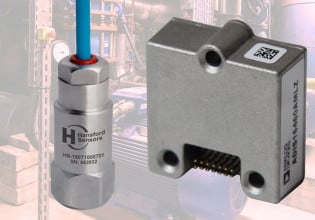B
We are having Liquid fuel by pass Valve (LFBV) Moog. As i am a new person for the MARK system. I want to know the correct procedure of calibration of the LFBV. as the system is not having LVDT for feedback, only flow divider magnetic pick up are used as fuel flow feedback.
Kindly help me to clear the doubts for the topic
Thanks
B K M
brijendra81 [at] gmail.com
Kindly help me to clear the doubts for the topic
Thanks
B K M
brijendra81 [at] gmail.com






